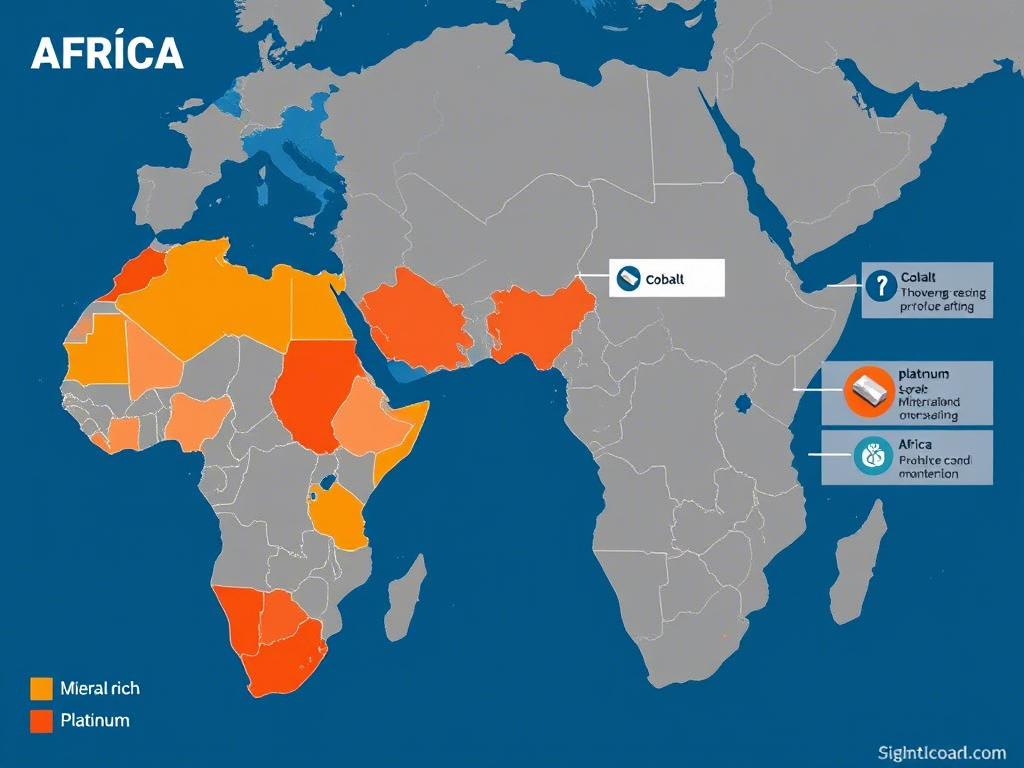
Governance, Risk, and Compliance (GRC) has long been associated with rigid policies, manual audits, and reactive reporting. However, the accelerating pace of regulatory change, globalisation, and complex digital ecosystems is rendering traditional GRC models insufficient. In response, organisations are turning to Artificial Intelligence (AI) to modernise their approach, making GRC smarter, faster, and more proactive.
Welcome to the era of AI-powered GRC, where predictive insights and real-time intelligence are transforming how enterprises manage risk and ensure compliance.
The Case for AI in GRC
The volume and complexity of regulatory requirements have exploded in recent years, including GDPR, HIPAA, PCI-DSS, SOX, DORA, and more. These mandates don’t just affect legal departments. They impact data handling, third-party risk, IT systems, customer privacy, and financial controls.
Simultaneously, cyber threats, data breaches, and operational disruptions are growing in frequency and sophistication. As a result, compliance can no longer be an annual checkbox exercise. It must be integrated into daily operations and must be dynamic, continuous, and context-aware.
This is where AI comes in. By applying machine learning, natural language processing, and predictive analytics, AI-powered GRC platforms help enterprises:
- Detect emerging risks before they materialise
- Automate policy enforcement across systems
- Monitor compliance posture in real-time
- Analyse regulatory changes at scale
- Map controls to threats intelligently
- Improve audit readiness and reduce manual effort
Key Areas AI is Transforming GRC

1. Continuous Risk Monitoring
Traditional risk assessments are periodic and based on historical data. AI, however, enables continuous risk evaluation. Machine learning models ingest data from logs, transactions, vendor platforms, user behaviour, and cloud environments to detect anomalies and assess risk in real time.
This proactive stance allows organisations to move from “find and fix” to “predict and prevent.”
2. Regulatory Change Management
Regulations are evolving faster than teams can interpret them. AI-powered regulatory intelligence tools can read, interpret, and summarise changes across thousands of legal documents across geographies and jurisdictions.
Natural language processing (NLP) parses complex legal language, highlights what’s new, and maps those changes to business processes. This accelerates decision-making and reduces compliance gaps.
3. Automating Controls and Reporting
Manual compliance checks are time-consuming and prone to error. AI can automatically test controls across IT systems, flag exceptions, and generate audit-ready reports.
For example, AI can monitor access logs to ensure privileged access policies are followed or track financial transactions to identify anomalies in accordance with SOX requirements.
4. Third-Party Risk Management
Vendors and partners create extended risk surfaces. AI helps by automatically scoring third parties based on their security posture, financial health, incident history, and more, enabling faster due diligence and ongoing monitoring.
Combined with predictive analytics, enterprises can identify which vendors are most likely to introduce compliance or cybersecurity risks and take preemptive actions.
5. Policy Compliance and Employee Behaviour
AI tools can analyse employee behaviour and communication patterns to flag non-compliance with internal policies. For instance, it can identify insider threats or data misuse patterns that manual reviews might miss.
Generative AI can also help create clear, context-aware policies and training content, making compliance education more adaptive and engaging.
Benefits of AI in GRC
✅ Proactive Risk Management – Spot threats and vulnerabilities before they turn into violations or incidents.
✅ Reduced Manual Workload – Save countless hours spent on regulatory research, documentation, and manual assessments.
✅ Faster Audit Readiness – With automated logs and reports, audits become smoother and less disruptive.
✅ Improved Accuracy and Consistency – Machine learning models reduce human error and ensure a standardised approach to compliance.
✅ Agility in Regulatory Environments – Rapidly adapt to changing laws and policies with automated updates and impact assessments.
Challenges and Considerations
While the benefits are significant, integrating AI into GRC also presents challenges:
- Data Quality: AI systems require accurate, clean, and relevant data to function effectively.
- Bias and Explainability: ML models must be transparent, especially in highly regulated industries.
- Integration Complexity: AI needs to integrate with various systems, such as ERP, security tools, and HR platforms, to provide holistic insight.
- Human Oversight: AI augments human judgment but doesn’t replace it. Risk professionals must validate and guide AI outcomes.
Enterprises must also establish strong data governance and ethical AI policies to ensure compliance tools themselves do not introduce new risks.
Real-World Use Cases
Several industries are already using AI in GRC:
- Financial Services use AI to detect fraud, automate KYC/AML compliance, and respond to regulatory updates.
- Healthcare applies AI to track HIPAA compliance and monitor patient data access.
- Tech companies automate security controls across cloud infrastructure using AI, ensuring alignment with ISO and SOC frameworks.
Future Outlook
As AI matures, GRC will become more anticipatory than reactive. Expect to see:
- Digital twins of compliance environments to test controls and simulate threats.
- AI-powered board dashboards with real-time compliance scores.
- Embedded compliance into CI/CD pipelines for DevSecOps teams.
- Conversational GRC assistants using GenAI to answer policy and audit questions instantly.
In a world of constant change, enterprises must rethink how they govern, manage risk, and stay compliant. AI offers a path forward, not by replacing GRC professionals, but by enhancing their reach, accuracy, and foresight.
Organisations that invest now in AI-driven GRC will be better prepared for the complexities of tomorrow’s regulatory and risk landscapes.

Leave a Reply